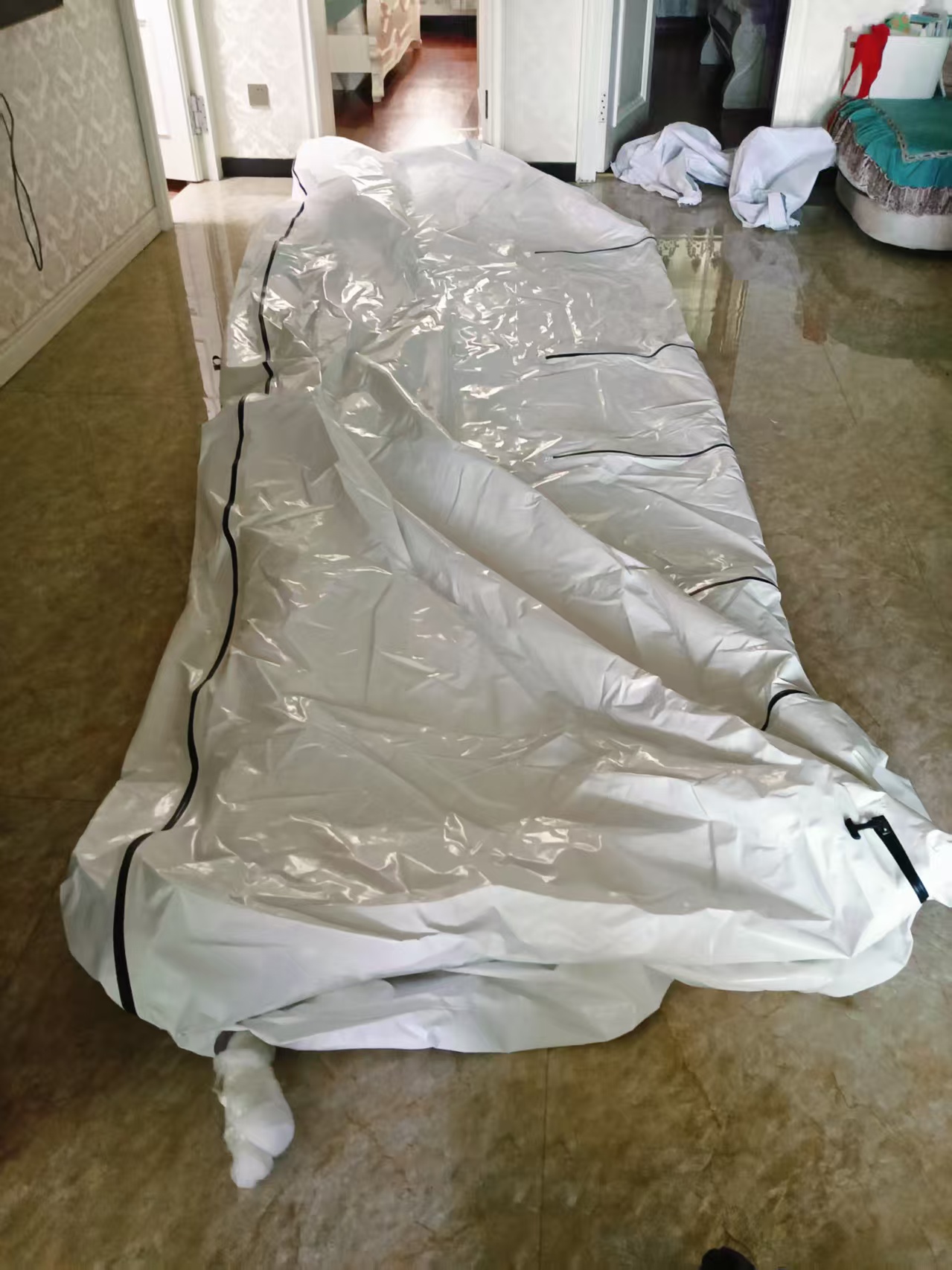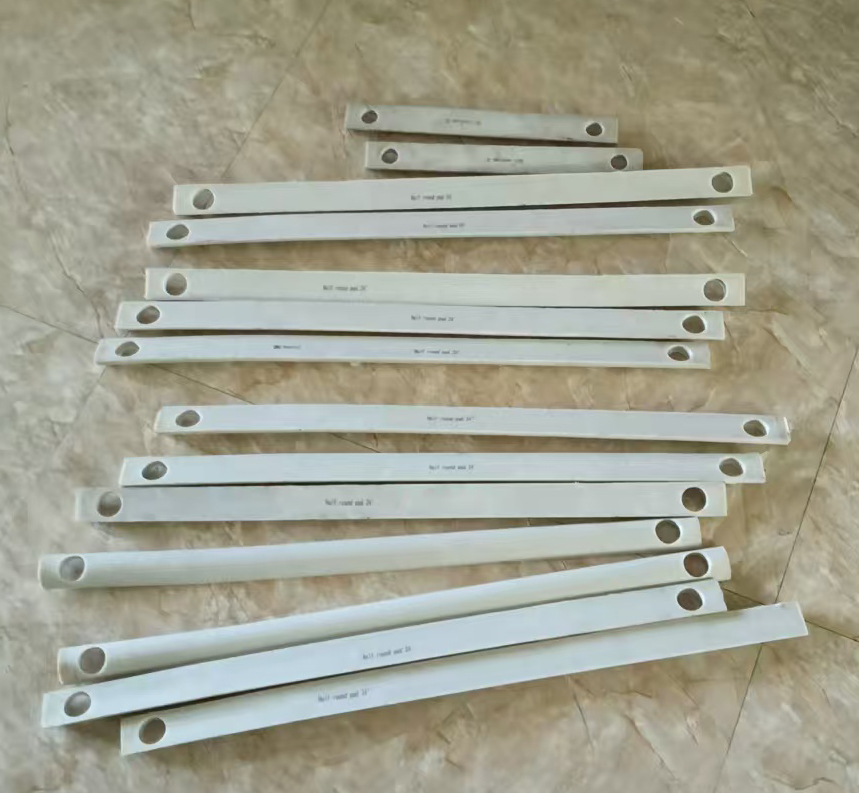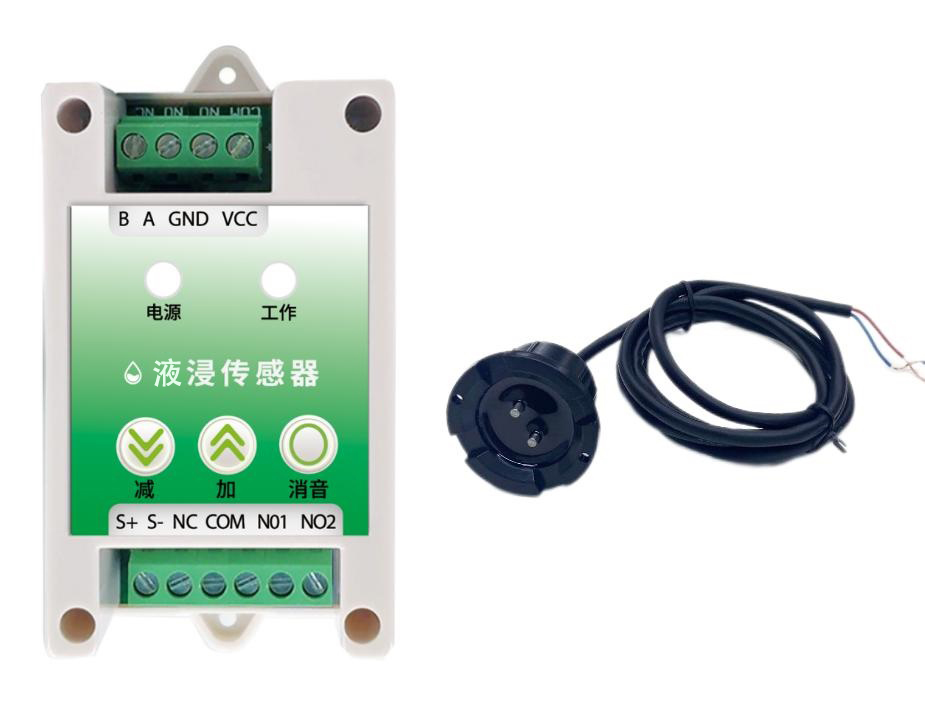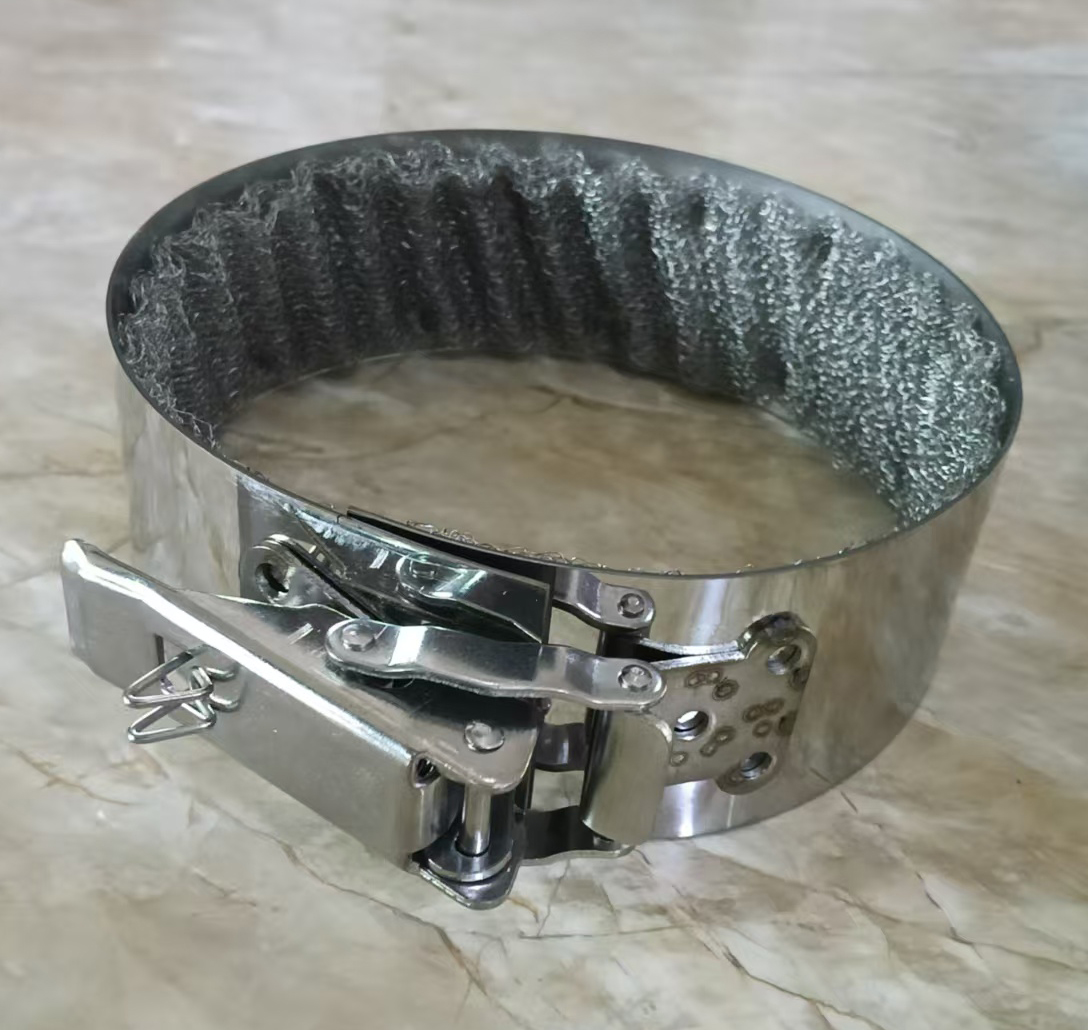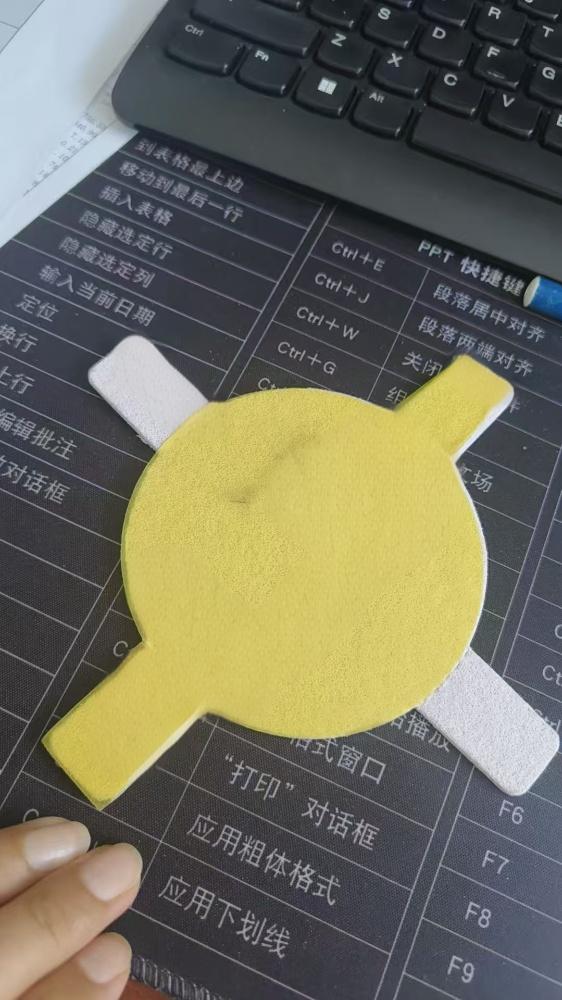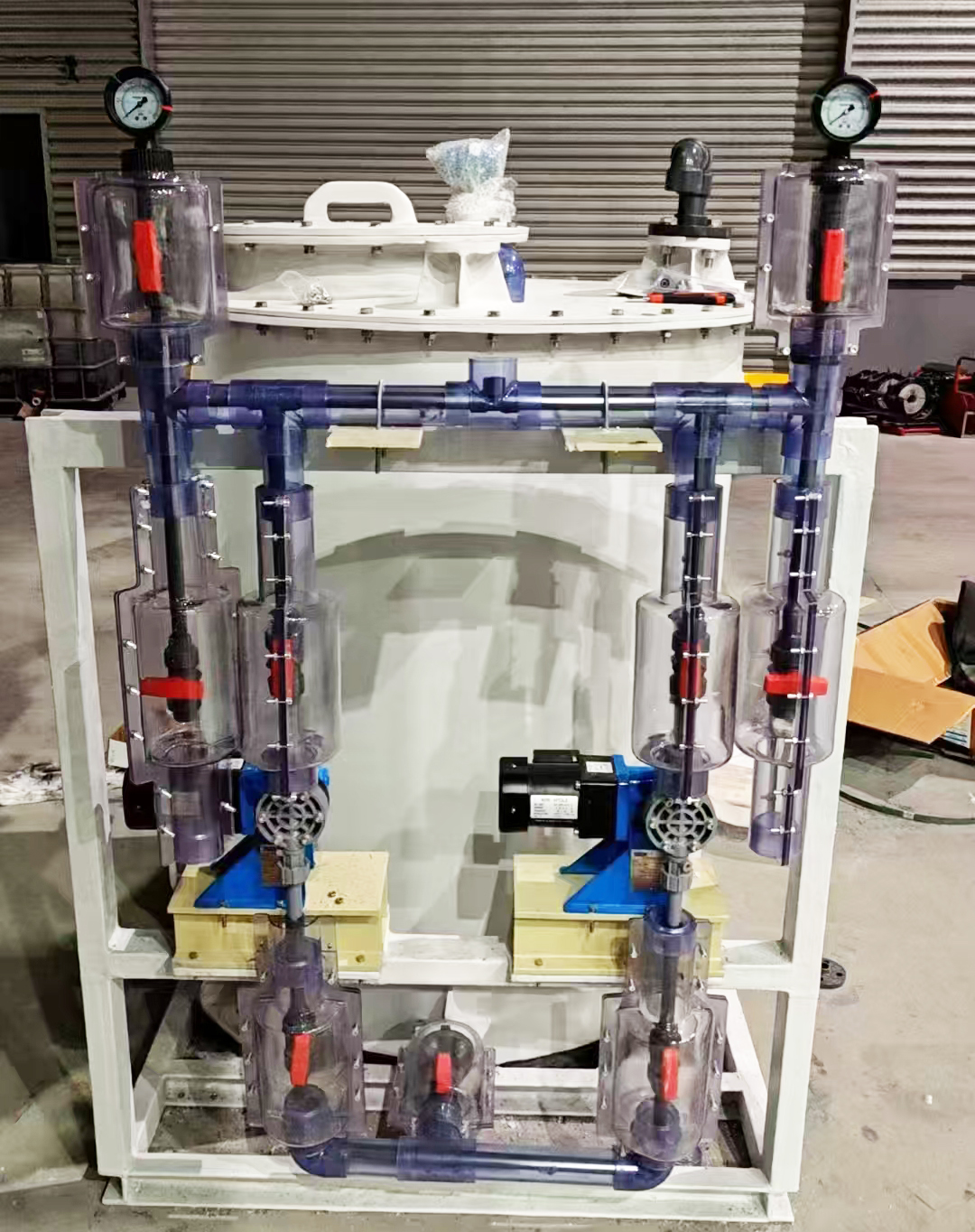A helium vacuum leak test is a technique used to detect leaks in a vacuum system or any sealed container by introducing helium into the system and measuring its concentration in areas where leaks may occur. This method is commonly used because helium is a small, inert gas that can easily escape through small openings, making it an ideal choice for leak detection. Here's a general overview of the test process:
Steps for Conducting a Helium Vacuum Leak Test:
-
Preparation of the System:
- Ensure that the system or vacuum chamber is properly sealed and ready for testing.
- The system should be evacuated to a vacuum state (typically a high or ultra-high vacuum).
-
Helium Introduction:
- Helium gas is introduced into the vacuum system or surrounding the test object. This can be done by spraying or applying a controlled flow of helium over the external surfaces of the object being tested.
-
Leak Detection:
- A helium leak detector, typically a mass spectrometer or a residual gas analyzer, is used to measure helium concentration in the vacuum system or in the surroundings.
- The detector is sensitive enough to detect even minute traces of helium, and it will indicate any leaks by showing an increase in helium concentration.
-
Inspection and Analysis:
- The tester inspects various parts of the system to find the exact location of the leak, if present.
- Leaks are typically identified by areas where helium concentration is higher than expected.
-
Repair:
- Once a leak is detected, the system is repaired, and the test is repeated to ensure that the leak has been fixed.
Advantages of Helium Vacuum Leak Testing:
- Sensitivity: Helium is extremely sensitive for detecting even very small leaks.
- Inert Nature: Helium is non-reactive and won't contaminate the system, making it ideal for vacuum and high-purity applications.
- Speed: This method is relatively fast and can provide results in real-time.
Common Applications:
- Spacecraft and Satellites: Ensures that the vacuum seals are intact and that there are no leaks that could affect operations in space.
- Cryogenics: Used to detect leaks in cryogenic systems where the vacuum integrity is crucial for the operation of the system.
- Semiconductor Manufacturing: Ensures that vacuum chambers used in the fabrication process remain leak-free.

